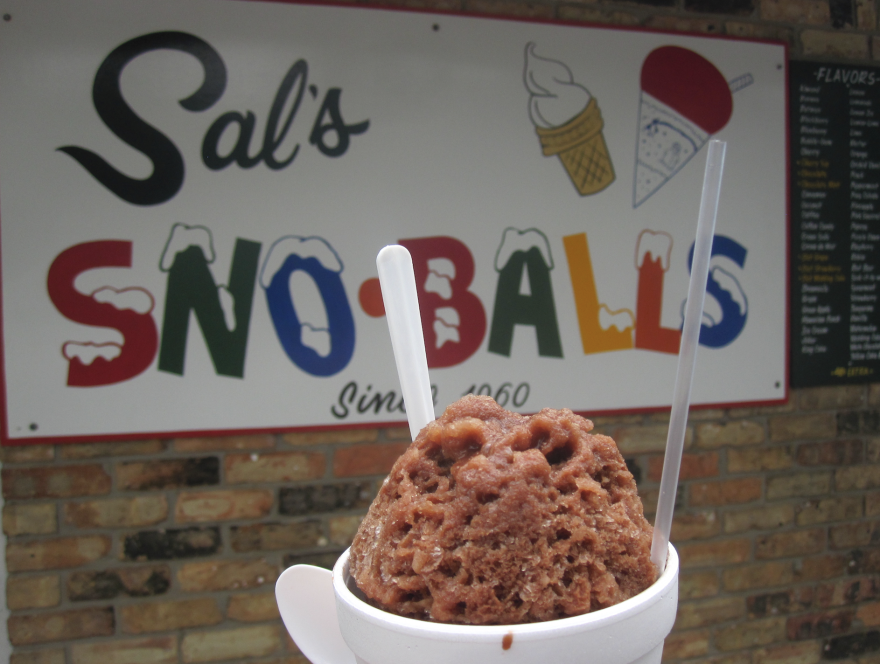Food can be special because of its season. We only get crawfish a certain time of year. We really only should get king cake at Carnival. And then, there is the curious case of the snoball in Louisiana.
We could get one anytime. But the snoball is a summertime treat, one of the redemptions of the long hot season, and along the way it’s became a tangible symbol of all the summers we’ve had before.
That’s a lot for ice and syrup. But snoball afficionados know it’s more than that.
First, consider what a snoball is not. It’s emphatically not a snow cone, a slushy, an Icee or any such thing, in the way that a proper po-boy isn’t just another sandwich.
A snoball should have the soft, fleecy texture of freshly fallen snow, flavors should penetrate into the very essence of the snoball, and those flavors are richly variegated, from almond to wedding cake to the creamy vanilla flavor known only here as nectar.
But for those who grew up eating them the difference goes far deeper than ice texture or flavors. Snoballs are totems of youth, and to taste them – even, sometimes, just to recall them – is to tap a wellspring of sensory memory.
It’s the sugary aroma of the flavors perfuming the air around the stands. It’s the chugging and whupping of the snoball machines. It’s the sound of the screen door slapping shut at Hansen’s Sno-Bliz.
It’s the log seating arrayed around Sal’s Sno-Balls on Metairie Road and it’s the Chinese food take-out containers at Plum Street Snowballs for “pail sized” treats. It’s the thrill for children of being able to buy snoballs with their own hoarded change.
For all of these and countless other, highly personalized reasons, the sticky fingers, stained shirts and frozen palates of the snoball experience are powerfully evocative. Throw in a sugar rush and deep freeze sensation, and it’s easy to see why a trip to the snoball stand is a deeply gratifying rite of Louisiana summer.




